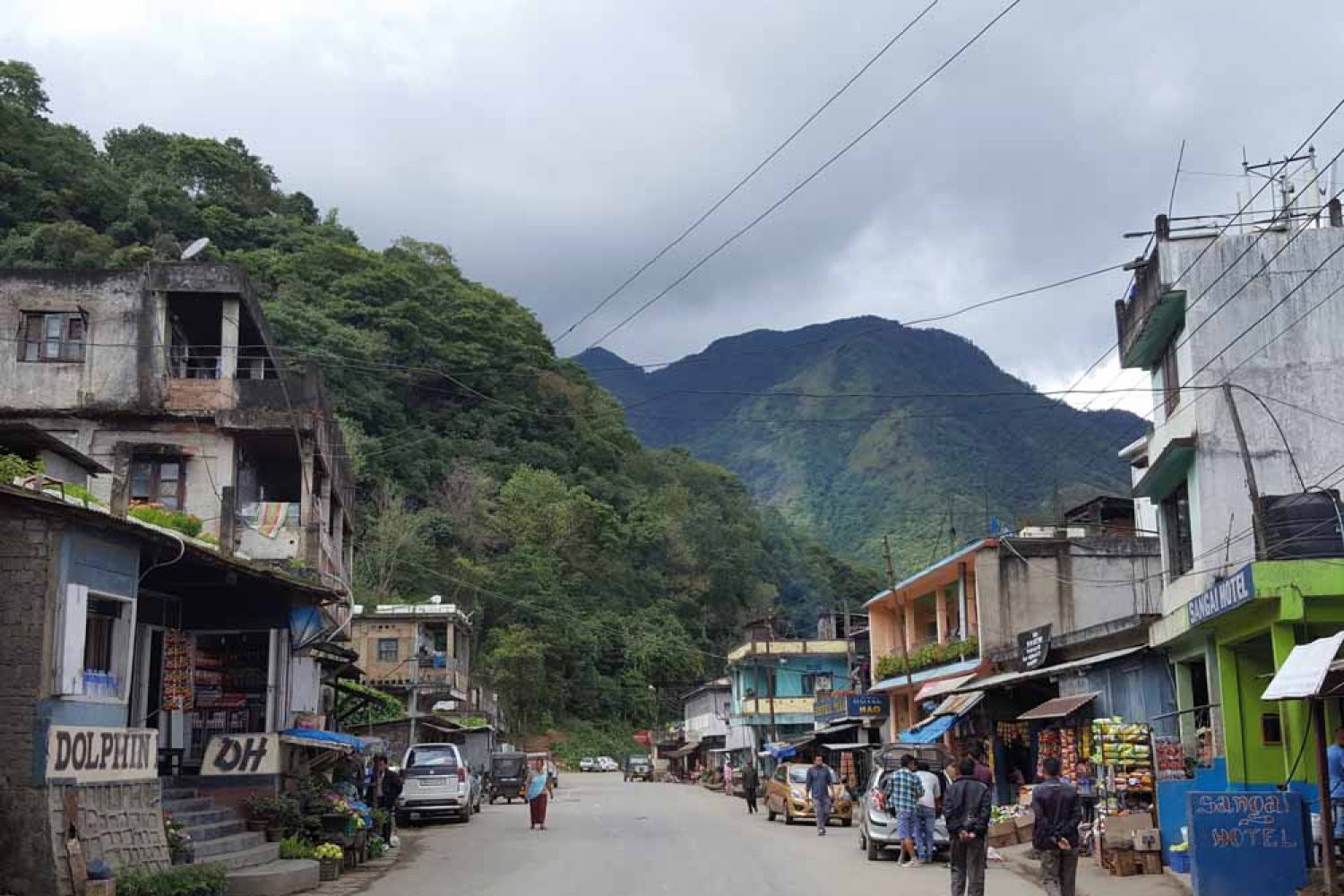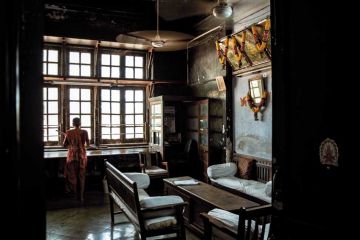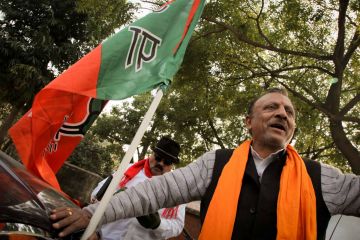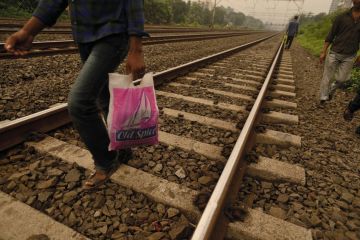
A morgue is an
unlikely place of pilgrimage but there’s reason in the case of the
Churachandpur district hospital in Manipur. It houses the bodies of nine people
killed in police firing more than a year ago but still not interred as they
have become martyrs in a cause that has divided an already fraught society.Inside a makeshift
structure of wood, tarpaulin and tin, a group of around 50 people sat on
benches, praying loudly. At one end, a woman sang and moaned and cried,
exhorting the





